 "Rusty Vandura - www.tinyurl.com/keepoppo" (rustyvandura)
"Rusty Vandura - www.tinyurl.com/keepoppo" (rustyvandura)
05/21/2018 at 09:07 ē Filed to: None
 2
2
 43
43
 "Rusty Vandura - www.tinyurl.com/keepoppo" (rustyvandura)
"Rusty Vandura - www.tinyurl.com/keepoppo" (rustyvandura)
05/21/2018 at 09:07 ē Filed to: None |  2 2
|  43 43 |
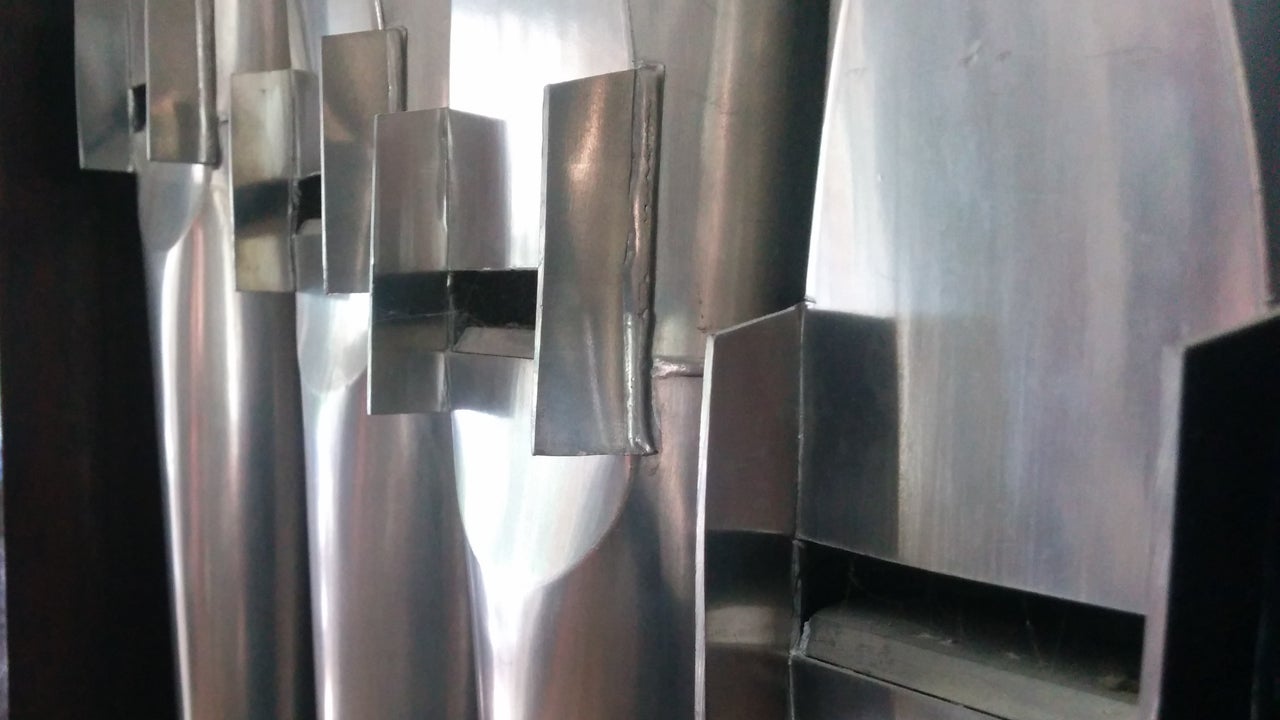
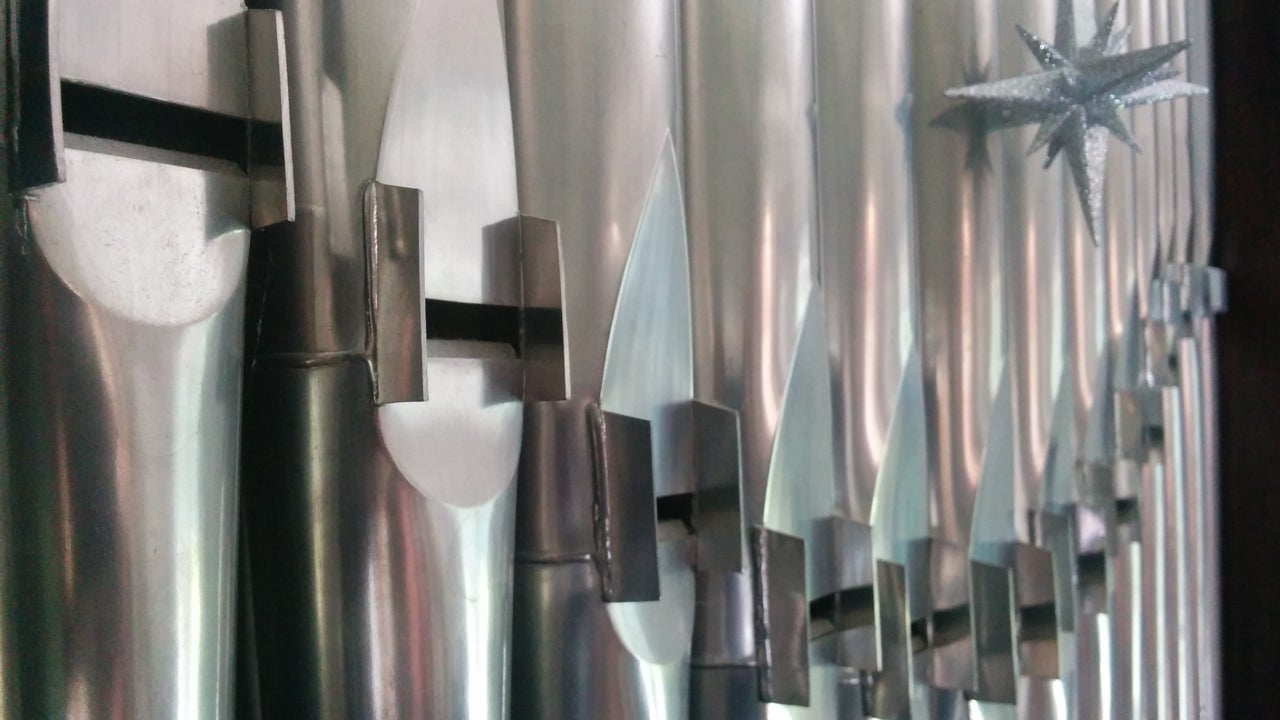
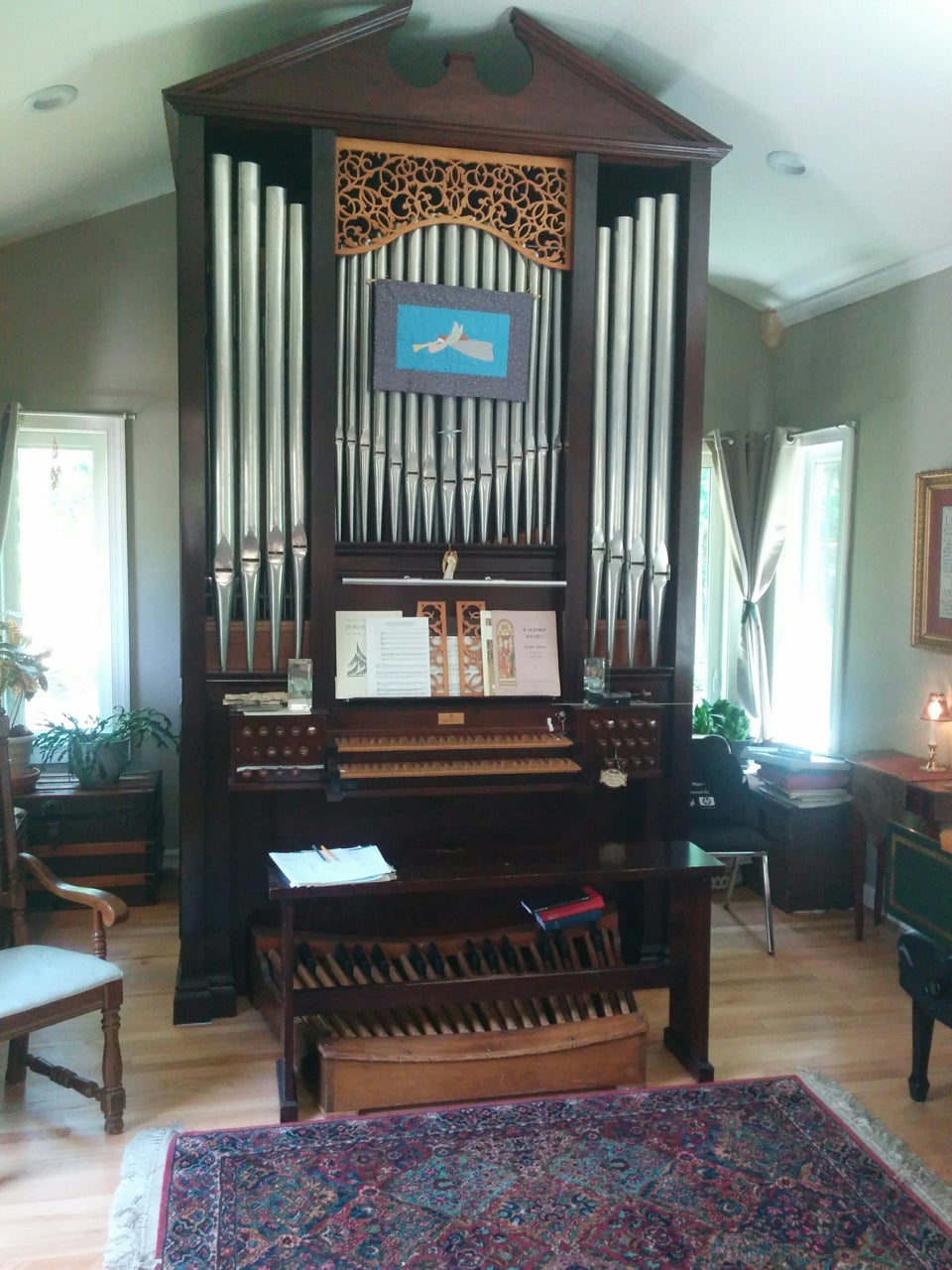
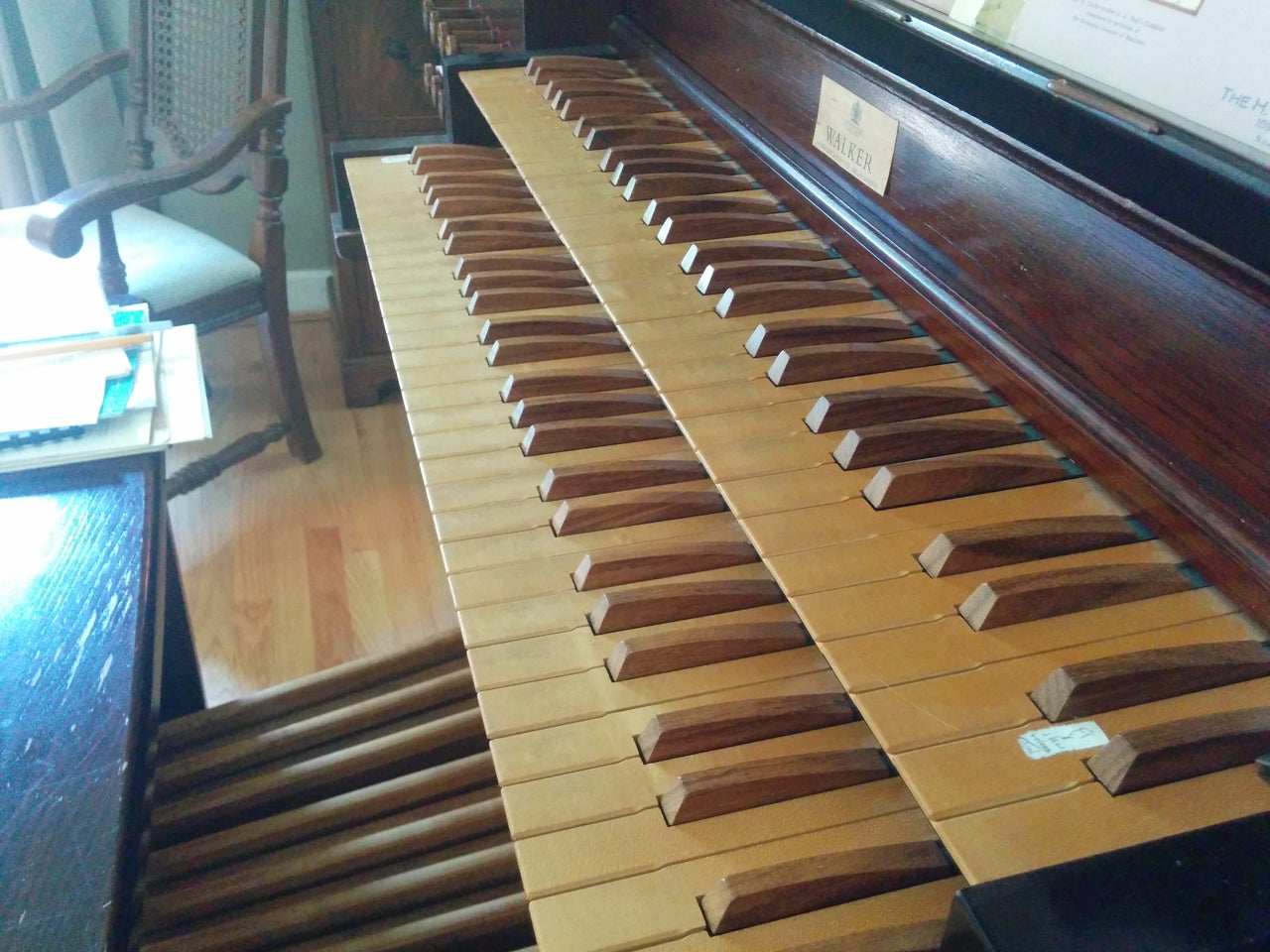
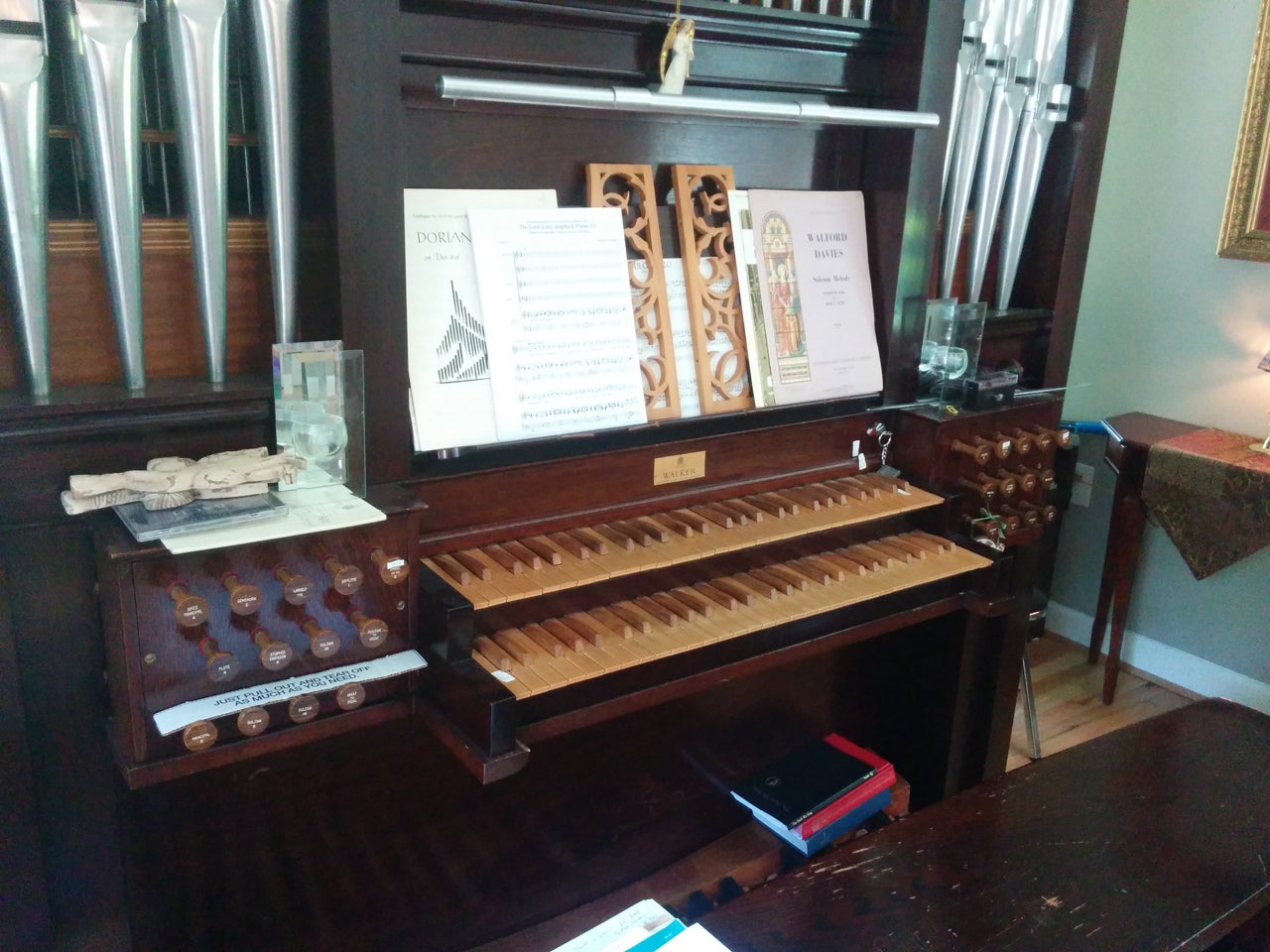
The material is tin with some lead mixed in. This instrument is in a manís living room.
 ttyymmnn
> Rusty Vandura - www.tinyurl.com/keepoppo
ttyymmnn
> Rusty Vandura - www.tinyurl.com/keepoppo
05/21/2018 at 09:19 |
|
Thatís cool. Iím assuming he had the case custom-built to fit that space. And that it was not inexpensive.
 Daily Drives a Dragon - One Last Lap
> Rusty Vandura - www.tinyurl.com/keepoppo
Daily Drives a Dragon - One Last Lap
> Rusty Vandura - www.tinyurl.com/keepoppo
05/21/2018 at 09:28 |
|
I think itís perfectly reasonable to have that in the house.
 Alfalfa
> ttyymmnn
Alfalfa
> ttyymmnn
05/21/2018 at 09:29 |
|
Hey, you never know. I once knew an old architect who designed his house to fit his pipe organ.
 CalzoneGolem
> Rusty Vandura - www.tinyurl.com/keepoppo
CalzoneGolem
> Rusty Vandura - www.tinyurl.com/keepoppo
05/21/2018 at 09:34 |
|
Those wooden keys are beautiful.
 MiniGTI - now with XJ6
> Rusty Vandura - www.tinyurl.com/keepoppo
MiniGTI - now with XJ6
> Rusty Vandura - www.tinyurl.com/keepoppo
05/21/2018 at 09:48 |
|
Believe it or not Iím a professional organ technician. Thatís a nice looking case. If built today the whole instrument could easily be in the $50-$100k range.
 MiniGTI - now with XJ6
> MiniGTI - now with XJ6
MiniGTI - now with XJ6
> MiniGTI - now with XJ6
05/21/2018 at 09:49 |
|
And yes, virtually all organ pipes smaller than 4í are traditionally various mixtures of tin and lead. And therefore very soft.
Also, AMA!
 OPPOsaurus WRX
> Rusty Vandura - www.tinyurl.com/keepoppo
OPPOsaurus WRX
> Rusty Vandura - www.tinyurl.com/keepoppo
05/21/2018 at 09:55 |
|
there was a house i wanted to look at but my wife said no before we could even get it. it coame with an organ that may have been bigger than that
 LOREM IPSUM
> Rusty Vandura - www.tinyurl.com/keepoppo
LOREM IPSUM
> Rusty Vandura - www.tinyurl.com/keepoppo
05/21/2018 at 10:00 |
|
The neighbors must love him. Hope he knows Iron Butterfly, at least.
 ttyymmnn
> CalzoneGolem
ttyymmnn
> CalzoneGolem
05/21/2018 at 10:26 |
|
Wood keys were common on organs and harpsichords of the Baroque era. Iím not sure when ivory keys starting coming into vogue, but it was not uncommon to see ďreversedĒ keyboards, where the upper sharp and flat keys were white while the big keys were ebony or some other dark wood, as this used significantly less ivory. Ivory stopped being used in the 1970s, and most keys are now plastic or resin, though some legal ivory is still available.
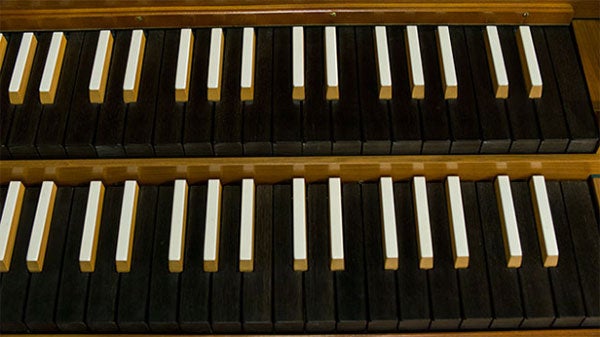
 ttyymmnn
> CalzoneGolem
ttyymmnn
> CalzoneGolem
05/21/2018 at 10:26 |
|
Wood keys were common on organs and harpsichords of the Baroque era. Iím not sure when ivory keys starting coming into vogue, but it was not uncommon to see ďreversedĒ keyboards, where the upper sharp and flat keys were white while the big keys were ebony or some other dark wood, as this used significantly less ivory. Ivory stopped being used in the 1970s, and most keys are now plastic or resin, though some legal ivory is still available.

 CalzoneGolem
> ttyymmnn
CalzoneGolem
> ttyymmnn
05/21/2018 at 10:27 |
|
This picture is rocking my worldview.
 Alfalfa
> Daily Drives a Dragon - One Last Lap
Alfalfa
> Daily Drives a Dragon - One Last Lap
05/21/2018 at 11:51 |
|
Could you tell my wife that?
 Daily Drives a Dragon - One Last Lap
> Alfalfa
Daily Drives a Dragon - One Last Lap
> Alfalfa
05/21/2018 at 11:55 |
|
Yes hi Alfalfaís wife Iím a guy from the internet who youíve never met but I believe that an organ is a perfectly reasonable instrument to have in a house.
 Rusty Vandura - www.tinyurl.com/keepoppo
> ttyymmnn
Rusty Vandura - www.tinyurl.com/keepoppo
> ttyymmnn
05/21/2018 at 13:27 |
|
Other way Ďround. That instrument was constructed to serve as a substitute instrument somewhere while the company, Miller, was building a new organ. It changed hands and then this guy bought it. He had that room added on in part to accommodate the practice organ.
 Rusty Vandura - www.tinyurl.com/keepoppo
> Alfalfa
Rusty Vandura - www.tinyurl.com/keepoppo
> Alfalfa
05/21/2018 at 13:28 |
|
In this case, the organist had his extra room built to accommodate the instrument...
 Rusty Vandura - www.tinyurl.com/keepoppo
> Daily Drives a Dragon - One Last Lap
Rusty Vandura - www.tinyurl.com/keepoppo
> Daily Drives a Dragon - One Last Lap
05/21/2018 at 13:28 |
|
PS: The internet is always right.
 Rusty Vandura - www.tinyurl.com/keepoppo
> Daily Drives a Dragon - One Last Lap
Rusty Vandura - www.tinyurl.com/keepoppo
> Daily Drives a Dragon - One Last Lap
05/21/2018 at 13:29 |
|
Particularly if you know how to play it.
 ttyymmnn
> Rusty Vandura - www.tinyurl.com/keepoppo
ttyymmnn
> Rusty Vandura - www.tinyurl.com/keepoppo
05/21/2018 at 13:29 |
|
Well, there you go. He shoulda bought a harpsichord instead.
 Rusty Vandura - www.tinyurl.com/keepoppo
> CalzoneGolem
Rusty Vandura - www.tinyurl.com/keepoppo
> CalzoneGolem
05/21/2018 at 13:30 |
|
The whole thing is beautiful. I like the metalwork the best.
 Alfalfa
> MiniGTI - now with XJ6
Alfalfa
> MiniGTI - now with XJ6
05/21/2018 at 13:37 |
|
Whatís the biggest pipe organ youíve ever seen in someoneís house?
 Alfalfa
> ttyymmnn
Alfalfa
> ttyymmnn
05/21/2018 at 13:38 |
|
I want an organ so I can play Fats Waller all day. A harpsichord will not do for that purpose.
 Daily Drives a Dragon - One Last Lap
> Rusty Vandura - www.tinyurl.com/keepoppo
Daily Drives a Dragon - One Last Lap
> Rusty Vandura - www.tinyurl.com/keepoppo
05/21/2018 at 13:50 |
|
I dont. I wasnt much good with one keyboard let alone 3.
 Rusty Vandura - www.tinyurl.com/keepoppo
> MiniGTI - now with XJ6
Rusty Vandura - www.tinyurl.com/keepoppo
> MiniGTI - now with XJ6
05/21/2018 at 14:12 |
|
We need to get you your juice so that you can comment here in the black and not be waiting for someone to approve you. Let me see if I can get that to happen for you.
And I have a question:
If you took the longest unstopped 8' pipe from every rank and laid all of them side by side on the ground, how much would they vary in actual length?
 Rusty Vandura - www.tinyurl.com/keepoppo
> OPPOsaurus WRX
Rusty Vandura - www.tinyurl.com/keepoppo
> OPPOsaurus WRX
05/21/2018 at 14:18 |
|
Thereís a joke to be made here about your
own
organ, but Iím not going to go there and I canít believe nobody else has in this thread.
 Rusty Vandura - www.tinyurl.com/keepoppo
> LOREM IPSUM
Rusty Vandura - www.tinyurl.com/keepoppo
> LOREM IPSUM
05/21/2018 at 14:18 |
|
Some Bach Fugues, no doubt, but probably not Iron Butterfly.
 LOREM IPSUM
> Rusty Vandura - www.tinyurl.com/keepoppo
LOREM IPSUM
> Rusty Vandura - www.tinyurl.com/keepoppo
05/21/2018 at 14:23 |
|
Pretty awesome nonetheless!
 Rusty Vandura - www.tinyurl.com/keepoppo
> Daily Drives a Dragon - One Last Lap
Rusty Vandura - www.tinyurl.com/keepoppo
> Daily Drives a Dragon - One Last Lap
05/21/2018 at 14:26 |
|
Or five:
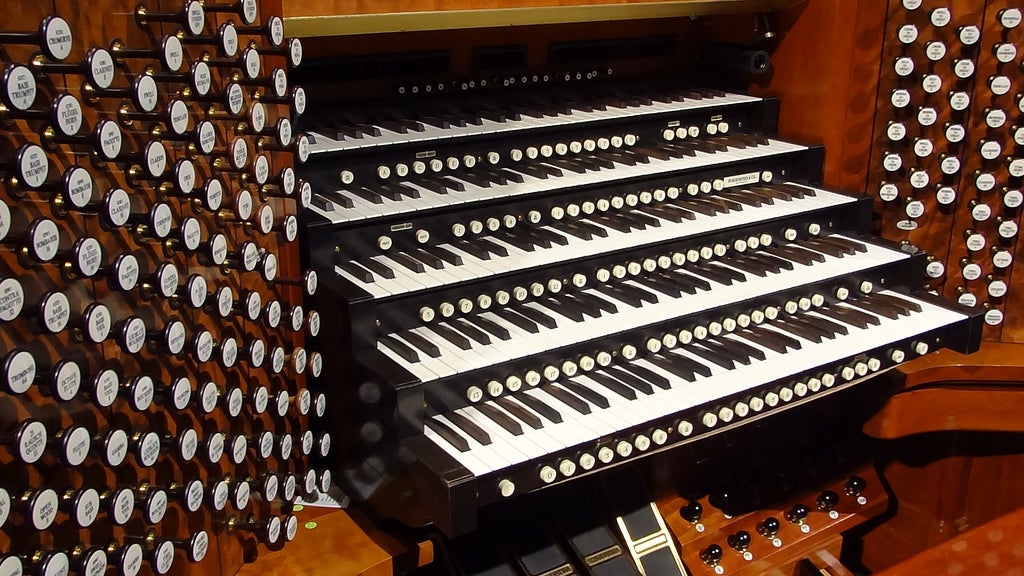
 MiniGTI - now with XJ6
> Rusty Vandura - www.tinyurl.com/keepoppo
MiniGTI - now with XJ6
> Rusty Vandura - www.tinyurl.com/keepoppo
05/22/2018 at 00:08 |
|
Some, but overall not a great deal, Iíd guess much less than 10%. Many factors do effect the actual length of a tuned 8í C pipe ó scale (diameter), mouth height, wind pressure, ambient temperature.
Even on a pipe that large the difference between In time and grossly out of tune is less than an inch.
 MiniGTI - now with XJ6
> Alfalfa
MiniGTI - now with XJ6
> Alfalfa
05/22/2018 at 00:12 |
|
Iíve been to see this one and I used to know the head curator. My parents had one about like the one pictured above, though much simpler construction.
http://www.sanfilippofoundation.org/music-room.html
 Rusty Vandura - www.tinyurl.com/keepoppo
> MiniGTI - now with XJ6
Rusty Vandura - www.tinyurl.com/keepoppo
> MiniGTI - now with XJ6
05/22/2018 at 18:57 |
|
So the longest pipe in every 8' unstopped rank is
literally
8 feet long, within half a foot or less?
 Rusty Vandura - www.tinyurl.com/keepoppo
> MiniGTI - now with XJ6
Rusty Vandura - www.tinyurl.com/keepoppo
> MiniGTI - now with XJ6
05/22/2018 at 19:01 |
|
So you donít
pend
any more? Your comments go straight in?
 KusabiSensei - Captain of the Toronto Maple Leafs
> Rusty Vandura - www.tinyurl.com/keepoppo
KusabiSensei - Captain of the Toronto Maple Leafs
> Rusty Vandura - www.tinyurl.com/keepoppo
05/22/2018 at 21:16 |
|
Yes. Hence the whole idea of an 8 foot stop. Open flutes will be 8 foot long, and so would any Gedeckt/Bourdon/Stopped Diapasons.
A 16 foot pedal division stop would have a sub contra C pipe thatís about 16 feet long.
32 foot? Yeah, they get big, but most modern constructions of hybrid organs will do digital stops on 32 foot and some 16 foot stops. Depends on what you can convince someone to pay for.
Source: Am an organist.
 KusabiSensei - Captain of the Toronto Maple Leafs
> ttyymmnn
KusabiSensei - Captain of the Toronto Maple Leafs
> ttyymmnn
05/22/2018 at 21:17 |
|
My 70s Baldwin has plastic keys. Two on which are broken on the swell manual. They are playable, but they arenít attached to anything substantial.
 Rusty Vandura - www.tinyurl.com/keepoppo
> KusabiSensei - Captain of the Toronto Maple Leafs
Rusty Vandura - www.tinyurl.com/keepoppo
> KusabiSensei - Captain of the Toronto Maple Leafs
05/22/2018 at 21:26 |
|
My dad is an organist and I grew up turning pages and holding the keys at the console while the organist scrambled around in the gallery tuning the notes. The practice organ in my photos belongs to a longtime friend of his and they perform dually in harpsichord concerts together.
So the pipes are scaled to wind up very close to 8 feet in length (the longest one)... Right? I was curious how literal that 8' dimension was or to what extent is was an abstraction.
Wouldnít a stopped diapason be half as long to get the same concert pitch as an unstopped pipe?
 KusabiSensei - Captain of the Toronto Maple Leafs
> MiniGTI - now with XJ6
KusabiSensei - Captain of the Toronto Maple Leafs
> MiniGTI - now with XJ6
05/22/2018 at 21:33 |
|
And when a Cornet gets pulled, all those lovely overtones (because I need excuses to throw the mutation stops into the registration).
 MiniGTI - now with XJ6
> Rusty Vandura - www.tinyurl.com/keepoppo
MiniGTI - now with XJ6
> Rusty Vandura - www.tinyurl.com/keepoppo
05/22/2018 at 21:38 |
|
Iím not sure the exact measurement as Iím not a pipe maker, but it is amazingly close to the truth. This leads to a lot of convenient base-2 math; a 16í stop speaks an octave lower, a 32í stop 2 octaves lower; 4í 2í etc in octaves higher.
 MiniGTI - now with XJ6
> Rusty Vandura - www.tinyurl.com/keepoppo
MiniGTI - now with XJ6
> Rusty Vandura - www.tinyurl.com/keepoppo
05/22/2018 at 21:41 |
|
Yes a stopped pipe speaking the pitch of 8í C is roughly 4í long. Itís amazing how close to the truth that 8í number is considering thereís really no mathematical reason it should work out that way.
 KusabiSensei - Captain of the Toronto Maple Leafs
> Rusty Vandura - www.tinyurl.com/keepoppo
KusabiSensei - Captain of the Toronto Maple Leafs
> Rusty Vandura - www.tinyurl.com/keepoppo
05/22/2018 at 21:57 |
|
The foot pitch is roughly what the length of the lowest C on the manual is (Sub-contra C). Itís fairly literal for an open flue stop.
The rough physics behind it are that the wavelength of the sound produced is about twice the length of a diapason pipe. So if you have an 8 foot pipe, thatís a 16 foot wavelength, which is about a 64Hz wave. (Speed of sound / frequency = wavelength) Which is a sub-contra C at concert pitch.
Depending on the design of a stopped pipe (this gets into cross section and such), you can cut those in half lengthwise and still sound at concert pitch. It does affect the harmonics produced though.
 Rusty Vandura - www.tinyurl.com/keepoppo
> MiniGTI - now with XJ6
Rusty Vandura - www.tinyurl.com/keepoppo
> MiniGTI - now with XJ6
05/22/2018 at 22:57 |
|
The physics of it all I assume to be very well understood. I ought to do some reading about it.
 Rusty Vandura - www.tinyurl.com/keepoppo
> KusabiSensei - Captain of the Toronto Maple Leafs
Rusty Vandura - www.tinyurl.com/keepoppo
> KusabiSensei - Captain of the Toronto Maple Leafs
05/22/2018 at 22:59 |
|
Do you know of a good reference on this subject?
 MiniGTI - now with XJ6
> Rusty Vandura - www.tinyurl.com/keepoppo
MiniGTI - now with XJ6
> Rusty Vandura - www.tinyurl.com/keepoppo
05/22/2018 at 23:31 |
|
I donít know if thereís something newer, both of these are quite old and should be taken with a generous grain of salt, but:
https://www.amazon.com/Contemporary-American-Organ-William-Barnes/dp/0769242901
Barnes had a hand in a few of the organs I service regularly actually.
https://www.amazon.com/001-Comprehensive-Theoretical-Construction-Concert-Room/dp/0486213145
You could probably get both of these in a well stocked university library or ILL.
 Rusty Vandura - www.tinyurl.com/keepoppo
> MiniGTI - now with XJ6
Rusty Vandura - www.tinyurl.com/keepoppo
> MiniGTI - now with XJ6
05/23/2018 at 05:14 |
|
Iíll have a look; thank you. Iíd just like to understand the physics a little better.
 KusabiSensei - Captain of the Toronto Maple Leafs
> Rusty Vandura - www.tinyurl.com/keepoppo
KusabiSensei - Captain of the Toronto Maple Leafs
> Rusty Vandura - www.tinyurl.com/keepoppo
05/23/2018 at 08:18 |
|
Even though it is from the early part of the 20th Century, Skinnerís ďThe Modern OrganĒ is a good place to start.
Written by one of the best known builders of American Symphonic organs ever, Ernest M. Skinner.
I had the opportunity to hear the Skinner organ at Our Lady of Mount Carmel in Chicago, which is one of the few instruments that were not extensively modified during restoration.